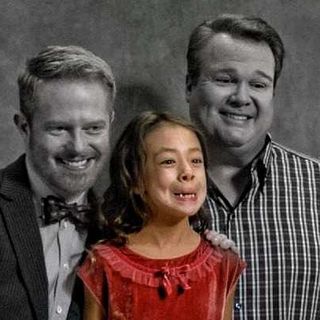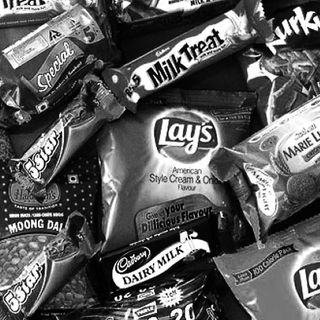
Packaging Disguises Sugary Drinks as Healthy Choices, Deceives Parents: Study
Without any difference in design and marketing, it’s difficult to know which children’s fruit drinks have added sugars or sweeteners, say experts.

Parents typically aim to pick the healthiest option when it comes to food and drinks for their children.But a report suggests they end up picking unhealthy, sweetened drinks — if only more often out of confusion:the nutrition-related claims and images of fruits on healthy drinks’ packages are so similar to those on sweetened beverages that it confuses parents about products’ nutritional content.
Sales figures cited in the study will prove the point: 62% of the US$2.2 billion sales of kids’ beverages globally in 2018 were of drinks that contain added sugars and/or low-calorie sweeteners. On the other hand, healthier drinks, or those which are 100% juice, accounted for only 38% of the children’s drinks sales in the same year.
These findings were reported by the Rudd Center for Food Policy and Obesity at the University of Connecticut (UConn). Scientists assessed 34 sweetened beverages (fruit beverages, flavored waters, and beverage mixes) and 33 beverages without added sweeteners (100% juice, juice-water blends, and one carbonated water) and evaluated the sales of each, packaging, marketing, marketing spending, and the level of exposure kids had to these drinks’ marketing on TV.
The main problem that confused parents was that even 100% of juices came in packaging similar to those beverages with artificial sweeteners. “The fronts of the packages make children’s drinks look healthy, but there’s no way to know which ones have added sugars or low-calorie sweeteners reading the front. You have to read the nutrition facts panel on the back and you have to know the names of low-calorie sweeteners, such as acesulfame potassium and sucralose, to realize they are in the product,” said Maria Romo-Palafox, PhD, study author and assistant professor of nutrition and dietetics at Saint Louis University, in a press release. “You shouldn’t have to be a nutritionist to figure out whether or not a product is healthy for your child.”
The researchers also found that children between ages 2 and 11 saw more than twice as many TV ads for children’s sweetened drinks than for children’s natural, healthier drinks because manufacturers spent as much as US$20.7 million in advertising. When it came to ingredients, researchers found that juice made up only 5%, sometimes even less, of these sugar-sweetened children’s fruit drinks — but 80% of those packages included images of fruit and 60% claimed to have “less” or “low” sugar or “no high fructose corn syrup.”
In addition to that, even the quantities offered were inappropriate to be consumed by children. Some individual servings contained more than six ounces of juice, which exceeds the recommended levels for preschoolers between 4 and 6 years of age.
“Parents may be surprised to know that pediatricians, dentists, and other nutrition experts recommend against serving any of these drinks to children,” Jennifer L. Harris, PhD, MBA, lead study author and the Rudd Center’s director of marketing initiatives, said in the press release.
In September last year, health and nutrition experts had recommended limited amounts of even 100% juice for children under 5. Any drinks with added sugars or low-calorie sweeteners were a big no-no.
Related on The Swaddle:
We’ve All Been Sold a Lie About Non‑Sugar Sweeteners
The World Health Organization states that people who regularly consume one to two cans of sugary drinks a day are 26% more likely to develop type 2 diabetes than those who rarely drink them.
Another study noted that children between ages 2 and 18 should eat or consume fewer than six teaspoons of added sugars daily. Six teaspoons of added sugars is equivalent to about 100 calories, or 25 grams, mentioned this study.
Anything more than this and the likelihood of children becoming overweight or insulin-resistant — a precursor to type 2 diabetes — are higher, the study added.
Therefore, per the current UConn study, not only should beverage manufacturers clearly indicate that their products contain added sugars and/or low-calorie sweeteners along with the percent of juice content on the front of children’s drink packages, but the onus should be shared by the government too. “State and local taxes on sugary drinks should include children’s fruit drinks and flavored waters to raise the price and discourage purchases,” stated the press release.
One government taking such initiative happens to be Singapore’s: It is now set to become the first country in the world to ban ads for unhealthy drinks with high sugar content. The ban will apply to the least healthy sugar-sweetened beverages — soft drinks, juices, yogurt drinks, instant coffee — and will cover all media platforms including print, broadcast and online.
Anubhuti Matta is an associate editor with The Swaddle. When not at work, she's busy pursuing kathak, reading books on and by women in the Middle East or making dresses out of Indian prints.
Related


Fast Food Packaging — Not Just the Food Itself — Is Harmful to Our Health
